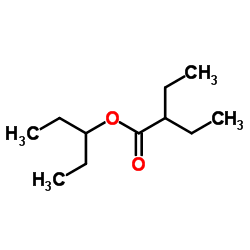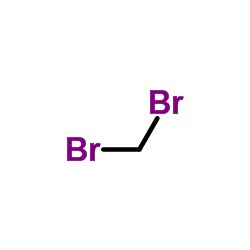| Structure | Name/CAS No. | Articles |
|---|---|---|
 |
BROMODICHLOROMETHANE
CAS:75-27-4 |
|
 |
Bromoform
CAS:75-25-2 |
|
 |
Dibromomethane
CAS:74-95-3 |